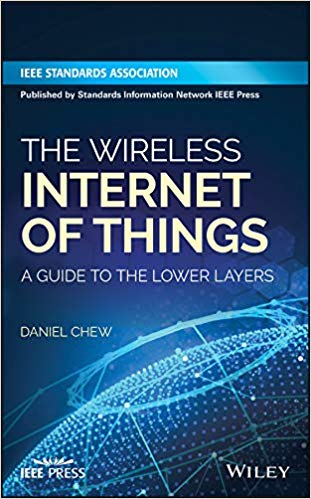|
Machine vision, also known as computer vision, is a rapidly evolving field of technology that combines image processing and artificial intelligence to enable machines to see, comprehend, and interpret visual information. This transformative technology has the potential to revolutionize various industries by automating complex tasks, enhancing quality control, improving efficiency, and ensuring accuracy in a wide range of applications. One of the key components of machine vision is the utilization of cameras and sensors to capture visual data from the surrounding environment. These devices provide machines with the ability to perceive and understand their surroundings, much like human vision. However, unlike the human eye, machine vision systems can process vast amounts of visual data in real-time, enabling them to perform intricate analyses and make informed decisions based on the acquired information. In manufacturing industries, machine vision plays a vital role in quality control processes. It can automatically inspect products for defects, measure dimensions, verify proper labeling, and detect any deviations from set standards. This not only ensures consistency in product quality but also reduces the need for manual inspection, thereby saving time and labor costs. Additionally, machine vision systems can be programmed to identify subtle defects that may be imperceptible to the human eye, resulting in higher precision and fewer false positives. Another area where machine vision is making significant strides is autonomous vehicles. By equipping vehicles with advanced cameras and sensors, machine vision technology enables them to detect and recognize objects on the road, such as pedestrians, cyclists, and other vehicles. This allows autonomous vehicles to navigate safely, anticipate potential hazards, and make informed decisions in real-time. The integration of machine vision in self-driving cars has the potential to revolutionize transportation, making it safer, more efficient, and less reliant on human intervention. In healthcare, machine vision is being utilized to improve diagnosis and treatment processes. It can analyze medical images, such as X-rays, CT scans, and MRIs, to detect abnormalities and assist medical professionals in making accurate diagnoses. Machine vision algorithms can even be trained to identify patterns and predict certain medical conditions, enabling early detection and intervention. Moreover, machine vision is being used in surgical robotics to enhance precision during procedures and improve patient outcomes. Beyond industrial and medical applications, machine vision has found its way into various sectors, including agriculture, security, retail, and entertainment. In agriculture, machine vision systems can analyze crops, monitor plant health, and optimize harvesting processes. In security, they can identify suspicious activities, recognize faces, and enhance surveillance systems. In retail, machine vision enables automated checkout processes, inventory management, and personalized shopping experiences. In entertainment, it facilitates augmented reality (AR) and virtual reality (VR) experiences by tracking movements and creating immersive environments. While machine vision has made significant advancements, there are still challenges to overcome. Developing robust algorithms that can handle variations in lighting conditions, object appearances, and complex scenes remains a focus of ongoing research. Additionally, privacy concerns and ethical considerations surrounding the use of machine vision technologies need to be carefully addressed. In conclusion, machine vision is a transformative technology that is revolutionizing industries across the globe. By leveraging intelligent imaging and artificial intelligence, machine vision systems are enhancing automation, improving quality control, and enabling new possibilities in various sectors. As research and development continue to push the boundaries of this field, we can expect to witness even more remarkable applications of machine vision in the future, empowering machines to see and understand the world around us.  |
